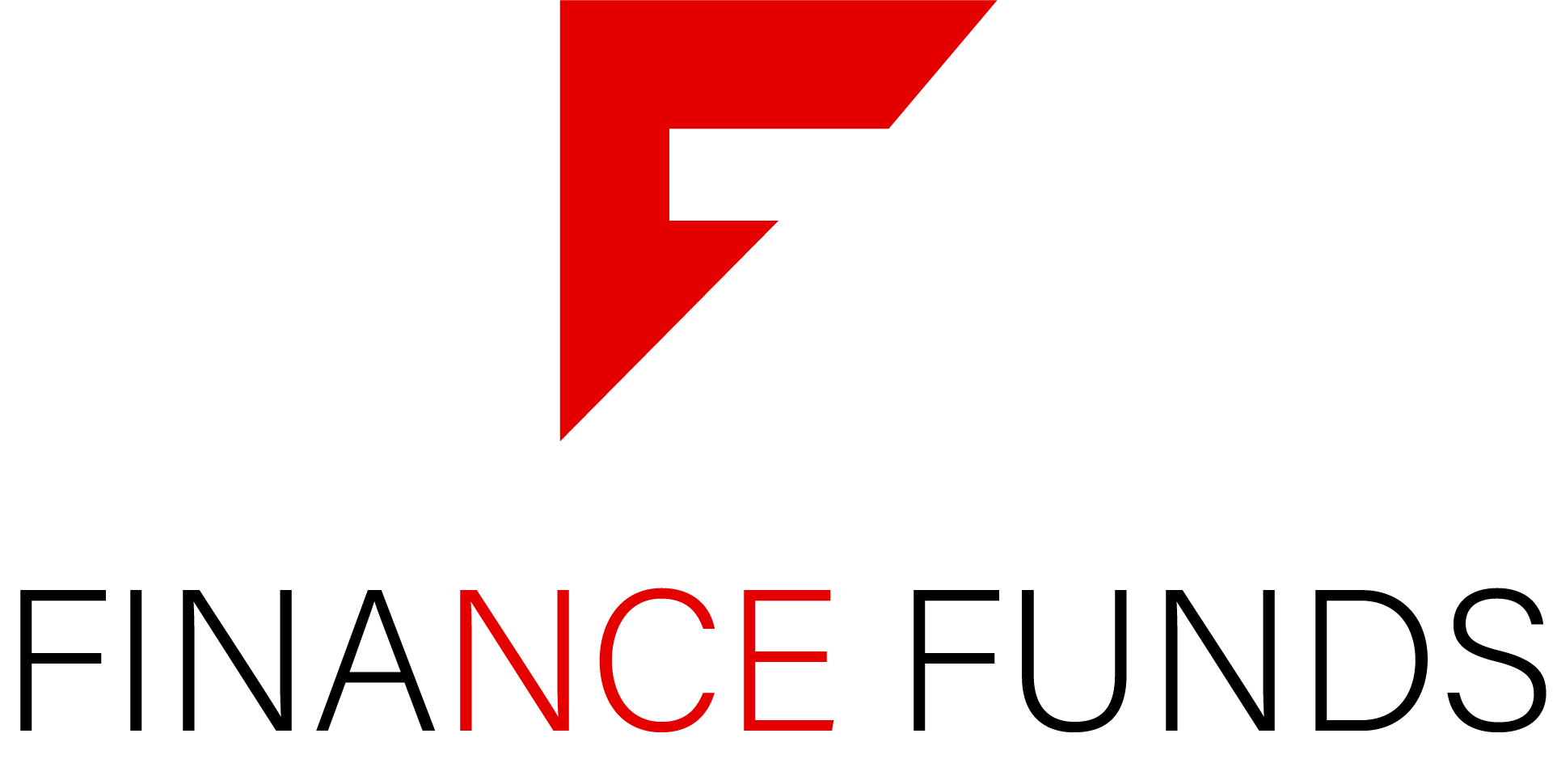For many, the prospect of bankruptcy offers a new beginning. Bankruptcy is the legal process in which individuals, and sometimes even corporations, proclaim their inability to pay debts to creditors. As such, all or part, of their debts become legally waived.
Once bankruptcy ceases, it is advisable for debtors to delay the refinancing process. Nonetheless, it is possible to refinance immediately once bankruptcy is discharged, bearing in mind a lower credit score and higher loan rates. Waiting anywhere between six months to a year, allows the debtor ample time to rebuild his or her credit, hence lower borrowing rates from financial institutions.
Of course, within those first six months it is imperative for the debtor to establish a sound credit rating. This can be accomplished by simply paying current bills on time. In addition, lenders find commendable an individual’s assets. And of course, society’s best asset is: money- saving money in a savings account will prove advantageous for the debtor when he or she is applying for refinancing.
There are some benefits to refinancing after bankruptcy. Firstly, the debtor is likely to get a reduction in the length of time required to pay off his loan, or he can be approved for a reduction in his monthly payments. Likewise, those seeking refinancing, are likely to save more money if they use their earnings to pay off installment debts, such as credit cards. This is because mortgage interest is often times tax-deductible and interest on consumer arrears is not.
An individual’s decision to file for bankruptcy is a weighty one, equally is the decision to refinance. In both cases, debtors must grade the benefits and disadvantages while having at hand the appropriate resources. In the end, the most important factor is the security of the individual and his family.









